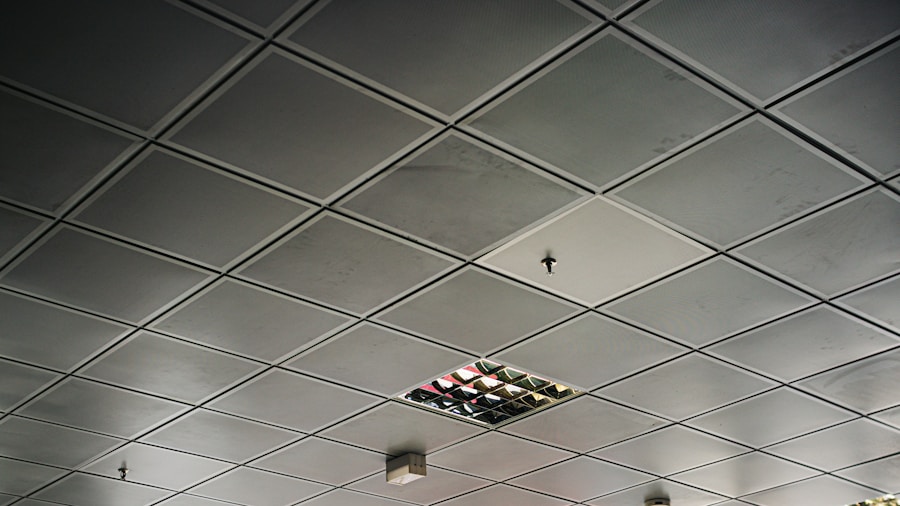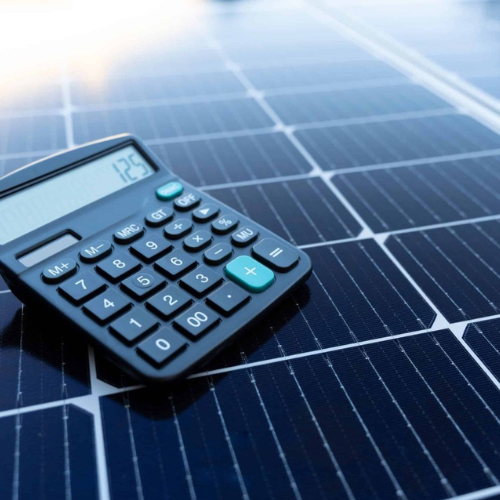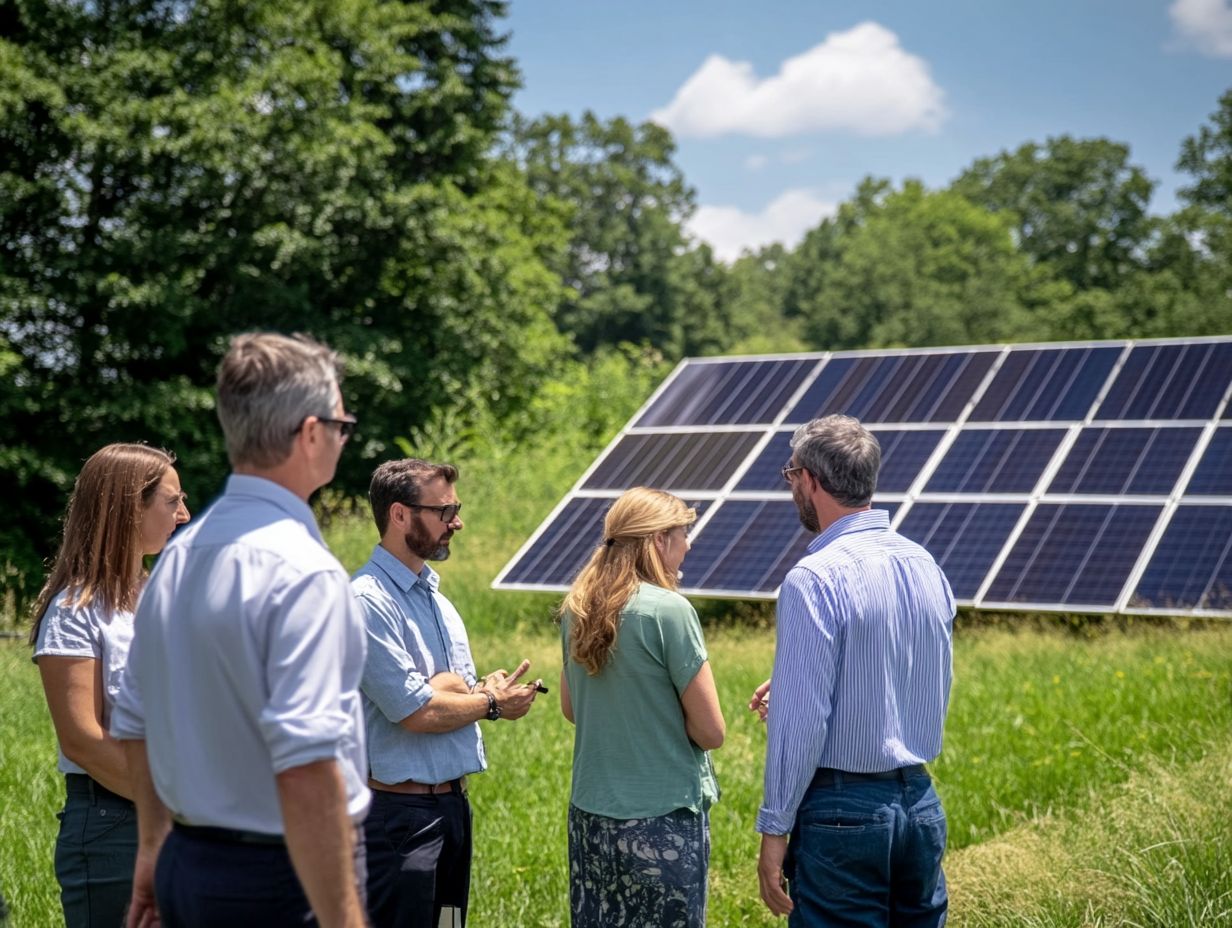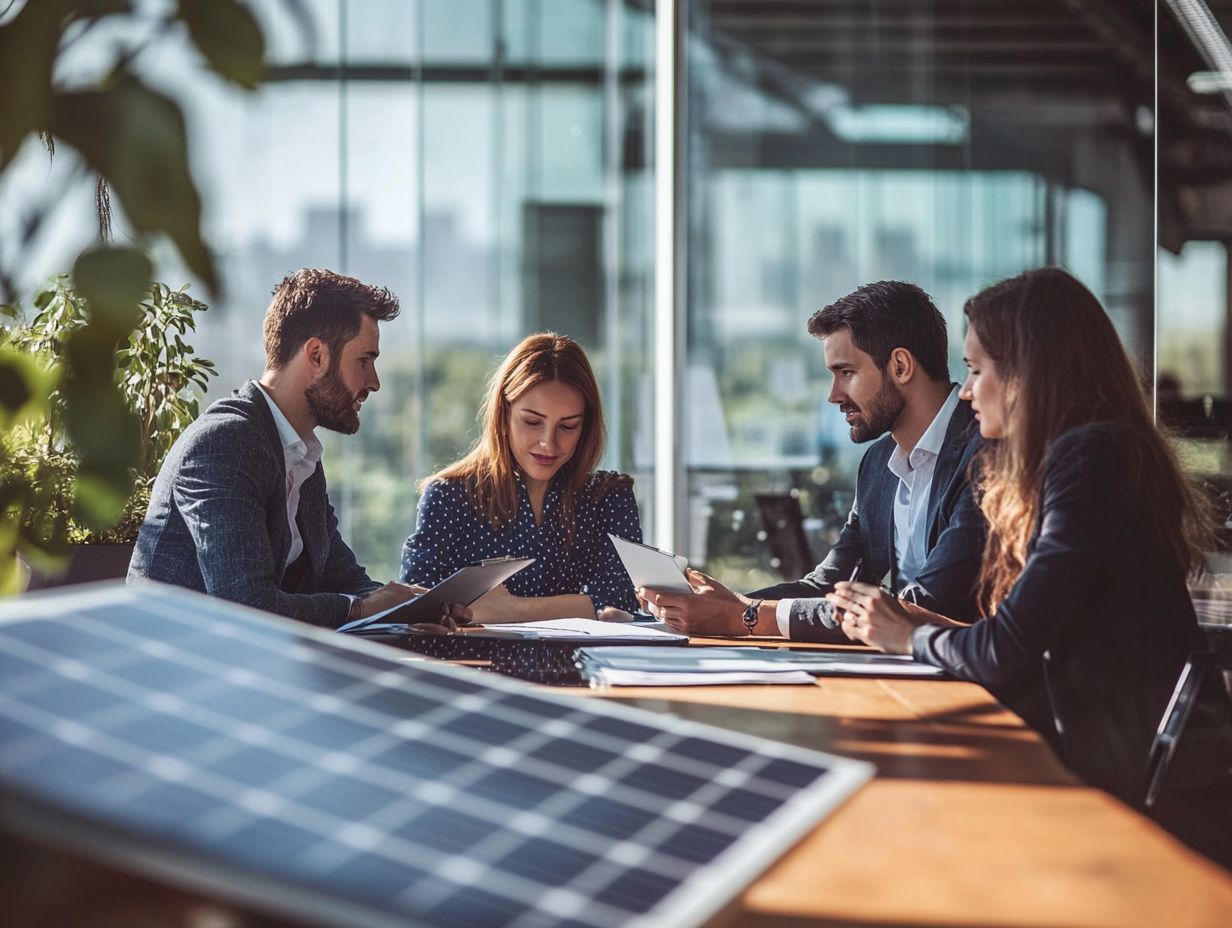Contents
- 1 Choosing the Right Indoor Solar Panel System
- 2 Placement and Installation of Indoor Solar Panels
- 3 Maximizing Energy Output with Indoor Solar Panels
- 4 Maintenance and Care for Indoor Solar Panels
- 5 Integrating Indoor Solar Panels with Other Energy Efficiency Measures
- 6 Monitoring and Optimizing Indoor Solar Panel Performance
- 7 Benefits of Indoor Solar Panels for Energy Efficiency
- 8 FAQs
- 8.1 What are indoor solar panels?
- 8.2 How do indoor solar panels work?
- 8.3 What are the benefits of indoor solar panels?
- 8.4 Can indoor solar panels generate enough electricity for indoor use?
- 8.5 Are indoor solar panels suitable for all indoor spaces?
- 8.6 What are the limitations of indoor solar panels?
Indoor solar panels are a fascinating innovation in the realm of renewable energy. Unlike traditional solar panels that are typically installed on rooftops, these compact systems are designed to harness sunlight indoors, making them an appealing option for those who may not have access to outdoor space or who live in urban environments. You might be surprised to learn that indoor solar panels can still generate a significant amount of energy, albeit at a lower efficiency compared to their outdoor counterparts.
This is primarily due to the reduced intensity of sunlight that penetrates through windows and other barriers. The technology behind indoor solar panels often involves the use of photovoltaic cells that are optimized for lower light conditions. These cells can convert even the faintest rays of sunlight into usable electricity, allowing you to power small devices or contribute to your home’s overall energy consumption.
As you explore this option, it’s essential to understand the limitations and advantages of indoor solar panels. While they may not replace the need for traditional energy sources entirely, they can serve as a supplementary power source, reducing your reliance on the grid and lowering your energy bills. Get your free solar assessment at https://www.solarenergy4u.org/free-pro-advice/.
Key Takeaways
- Indoor solar panels can help reduce energy costs and environmental impact by harnessing sunlight to generate electricity.
- When choosing the right indoor solar panel system, consider factors such as energy needs, available space, and budget.
- Proper placement and installation of indoor solar panels is crucial for maximizing sunlight exposure and energy production.
- To maximize energy output, consider using energy-efficient appliances and implementing energy-saving practices in conjunction with indoor solar panels.
- Regular maintenance and care for indoor solar panels is essential for ensuring optimal performance and longevity.
Choosing the Right Indoor Solar Panel System
Assessing Your Energy Needs
First and foremost, determine how much electricity you want to generate and what devices you plan to power with your indoor solar setup. This will help you choose a system with the appropriate capacity. Some systems are designed specifically for charging small electronics, while others can support larger appliances. Understanding your requirements will guide you in making an informed decision.
Indoor Solar Panel Technology Options
Another critical aspect is the type of indoor solar panel technology available. There are various options on the market, including flexible panels that can be easily mounted on walls or windows, and rigid panels that offer higher efficiency but may require more installation effort. As you evaluate these options, consider factors such as aesthetics, ease of installation, and compatibility with your existing electrical systems.
Research and Recommendations
Reading reviews and seeking recommendations from other users can also provide valuable insights into which systems perform best in real-world conditions. This will help you make a well-informed decision when selecting the right indoor solar panel system for your needs.
Placement and Installation of Indoor Solar Panels

The placement of your indoor solar panels is crucial for maximizing their efficiency. Ideally, you should position them in areas where they can receive the most sunlight throughout the day. South-facing windows are often the best choice, as they typically receive direct sunlight for a more extended period.
However, if your living space has limited access to natural light, you may need to experiment with different locations to find the optimal setup. Consider using a light meter to measure sunlight intensity in various areas of your home. Installation can vary depending on the type of indoor solar panel system you choose.
Some systems come with adhesive backing for easy mounting, while others may require brackets or frames for secure installation. If you’re not comfortable with DIY projects, hiring a professional installer can ensure that your panels are set up correctly and safely. Regardless of your approach, make sure to follow the manufacturer’s guidelines for installation to avoid any potential issues down the line.
Maximizing Energy Output with Indoor Solar Panels
| Metrics | Indoor Solar Panels |
|---|---|
| Energy Output | Higher energy output compared to traditional panels due to optimized indoor conditions |
| Space Utilization | Maximizes use of indoor space for energy production |
| Efficiency | High efficiency in converting indoor light to electricity |
| Cost | Lower installation and maintenance costs compared to outdoor panels |
| Environmental Impact | Reduces carbon footprint and reliance on non-renewable energy sources |
To get the most out of your indoor solar panels, you should focus on maximizing their energy output. One effective strategy is to keep the panels clean and free from dust or obstructions that could block sunlight. Regularly inspecting and cleaning your panels will help maintain their efficiency over time.
Additionally, consider using reflective materials around your panels to enhance light capture; mirrors or reflective films can redirect sunlight onto the panels, increasing their overall energy production. Another way to boost energy output is by utilizing energy storage solutions. Pairing your indoor solar panels with a battery system allows you to store excess energy generated during peak sunlight hours for use later when sunlight is scarce.
This not only enhances your energy independence but also ensures that you have a reliable power source available whenever you need it. By implementing these strategies, you can significantly improve the performance of your indoor solar panel system.
Maintenance and Care for Indoor Solar Panels
Maintaining your indoor solar panels is essential for ensuring their longevity and optimal performance. Regular maintenance involves cleaning the panels periodically to remove dust, dirt, and any other debris that may accumulate over time. A simple solution of mild soap and water can effectively clean the surface without damaging the photovoltaic cells.
It’s advisable to check your panels every few months, especially if they are located in areas prone to dust or pollution. In addition to cleaning, it’s important to monitor the overall condition of your indoor solar panel system. Look for any signs of wear or damage, such as cracks in the panels or loose connections in the wiring.
Addressing these issues promptly can prevent more significant problems down the line and ensure that your system continues to operate efficiently. Keeping an eye on performance metrics through monitoring tools can also help you identify any dips in energy production that may indicate maintenance needs.
Integrating Indoor Solar Panels with Other Energy Efficiency Measures









